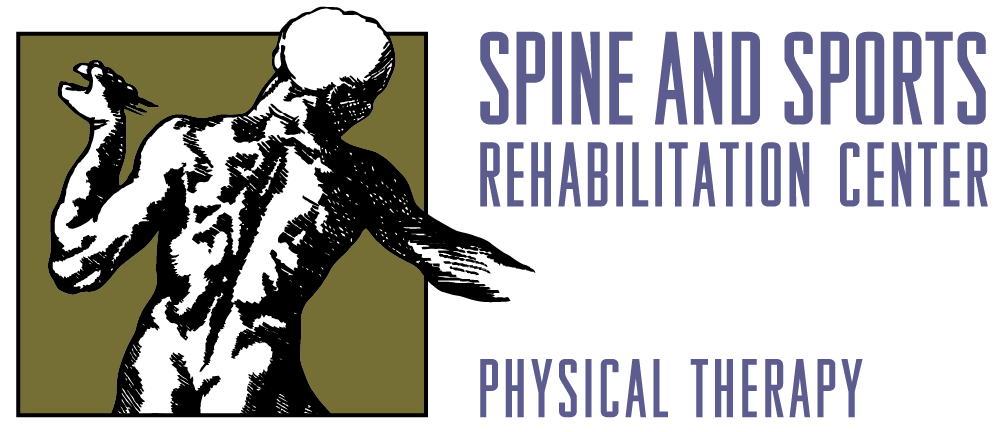Do you Suffer from Headaches Due to Neck Stiffness?
Cervicogenic Headaches. What are they and what can you do about them?
Do you have a headache that does not seem to get better? Did you know that the cause of the headache can originate from a problem in your neck?
The term “cervicogenic headaches” is a fancy medical term that means headaches caused by structural abnormalities in your neck. Headaches can originate from a variety of sources, but some of the main causes are stiffness or excessive mobility of the joints in your cervical spine (neck). Stress on the joints or muscles of the neck can cause problems over time. For example; people in certain jobs, like hair stylists, carpenters, and truck drivers, can get cervicogenic headaches from their posture during work tasks. Patients are usually unaware that a few sessions of physical therapy can help provide relief from this type of headache pain.
Anatomy
To fully understand the cause of cervicogenic headaches requires a short explanation of anatomy. Nerves that exit the spinal cord at the top part of the neck are responsible for supplying sensation to the forehead, temples, and back of the head. The nerves pass through the same space between the vertebrae that allow you to move your head. A reduction or excess of movement can irritate these nerves. Therefore, movement deficiencies in the neck can make the aforementioned areas around the head feel achy and painful.
Posture
Poor posture can contribute to headache pain. If your upper back is slouched and your shoulders are too forward, the top part of your neck needs to constantly over-extend to look straight ahead, a.k.a “forward head”. As a result, the surrounding muscles and joints are over-used and the nerves can become irritated, potentially causing a headache.
Self-Treatment
In order to reduce some of the headache pain, you can do self-mobilizations at the base of the skull (see picture of the colorful skull muscles). The muscles in the picture are called sub-occipital muscles (sub=under, occipital=skull) and they help support the joints at the top of the spinal column. Feel for the bottom of the back of your head, and right below there are muscles that attach to the spine and the bottom of the skull. Gently massage those muscles for a few minutes whenever you feel pressure in your head. While this may be painful while massaging, hopefully, it will help relieve some tension afterward.
An Important Note about Self-Treatment
One bad habit everyone should avoid is self-manipulation - cracking the joints in your own neck. Usually, the part of your neck that is very stiff requires a skilled professional to do a targeted manual technique. Cracking it yourself can lead to relieving stress in the segment above or below the problematic region, thus rendering that adjacent segment, over time, too loose. As a result, that area will be denied the requisite stability, which can further contribute to headaches.
If the previously mentioned self-mobilization does not resolve your headaches. I assure you that there are insightful, empathetic, and mildly entertaining physical therapists at Spine and Sports Rehabilitation Center who are itching to relieve your headache. They can do an extraordinarily thorough analysis of your biomechanics and provide you with a solid plan that will relieve your pain.
